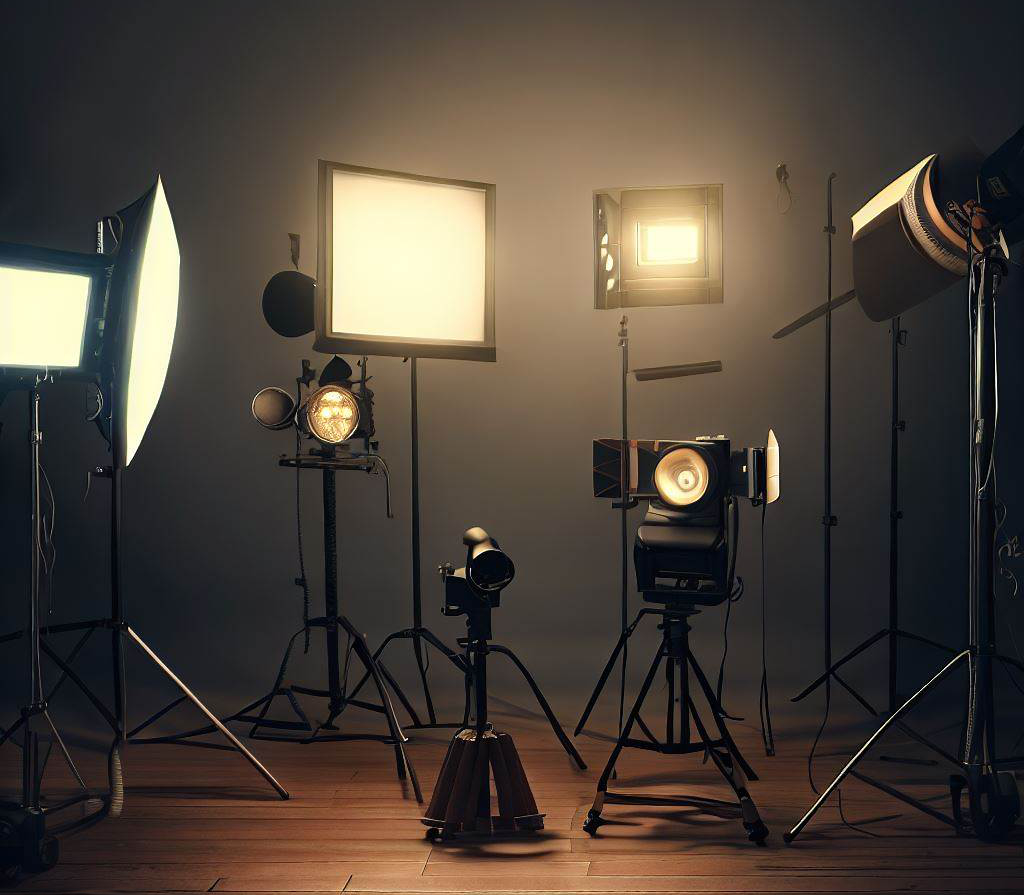Lighting is a crucial element in photography, as it can greatly impact the final outcome and overall feel of an image. The way light interacts with the subject and the scene can create various effects, moods, and highlights specific features. Here are some ways lighting affects photography:
Brightness and Exposure: The amount of light present in a scene directly affects the brightness and exposure of the photograph. Proper exposure ensures that the image is not too dark or too bright, and details are well-captured.
Contrast: The direction and intensity of light influence the contrast in a photograph. High-contrast lighting with strong highlights and deep shadows creates a dramatic and dynamic look, while low-contrast lighting results in a softer, more even appearance.
Shadows: Light direction affects the placement and depth of shadows in an image. Shadows can add dimension and depth to a photo, creating a sense of three-dimensionality.
Color Temperature: Different light sources have varying color temperatures, which impact the color cast of the image. For example, natural daylight tends to be cooler (bluish), while indoor lighting can be warmer (yellowish). Understanding and managing color temperature is essential for achieving accurate color reproduction.
Mood and Emotion: Lighting plays a significant role in setting the mood and emotional tone of a photograph. Soft and diffused lighting often evokes a tranquil and romantic atmosphere, while harsh lighting can create tension and intensity.
Texture and Detail: The angle and direction of light can emphasize texture and detail in a subject. Side lighting or backlighting, for instance, can highlight the contours and textures of objects.
Highlights and Reflections: Highlights are the bright areas in an image, while reflections occur when light bounces off reflective surfaces. Skillful use of highlights and reflections can draw attention to specific elements or add interest to the composition.
Lens Flare: Lens flare occurs when light scatters inside the lens, producing artifacts and visual anomalies. Some photographers use lens flare creatively to add a dreamy or artistic touch to their images.
Subject Illumination: The positioning of light sources can impact how the subject is illuminated. Lighting from the front (frontal lighting) can provide even illumination, while lighting from the side (sidelight) or back (backlight) can create depth and separation between the subject and the background.
Creative Effects: Photographers often use artificial lighting techniques, like off-camera flash, strobes, or continuous lights, to add creative effects and control the lighting precisely.

Understanding and controlling lighting is an essential skill for photographers. It allows them to shape their vision, control the mood and atmosphere, and produce visually appealing and compelling images. Whether using natural light or artificial sources, photographers carefully consider the lighting conditions to achieve their desired results.